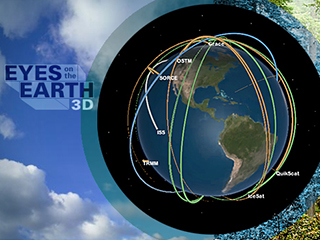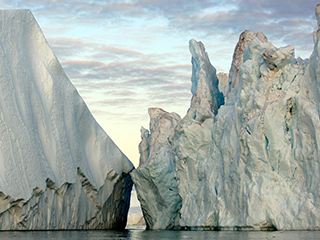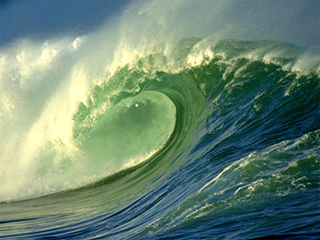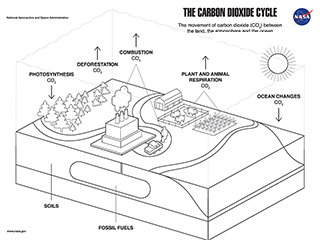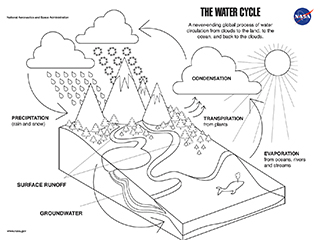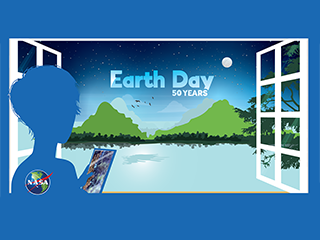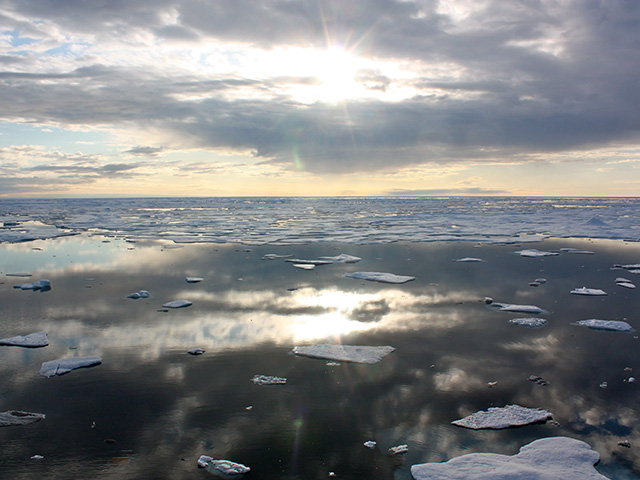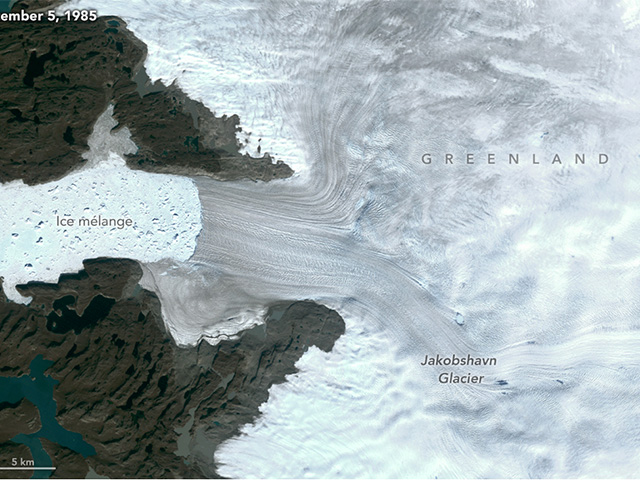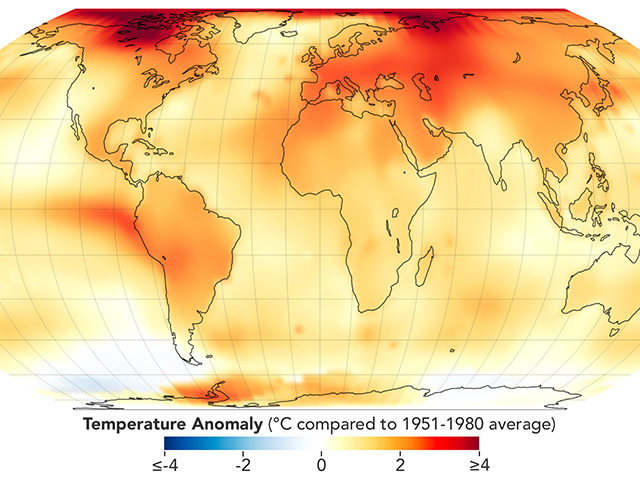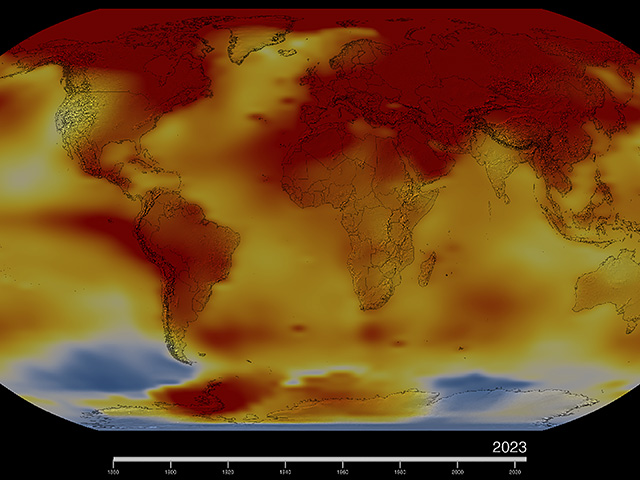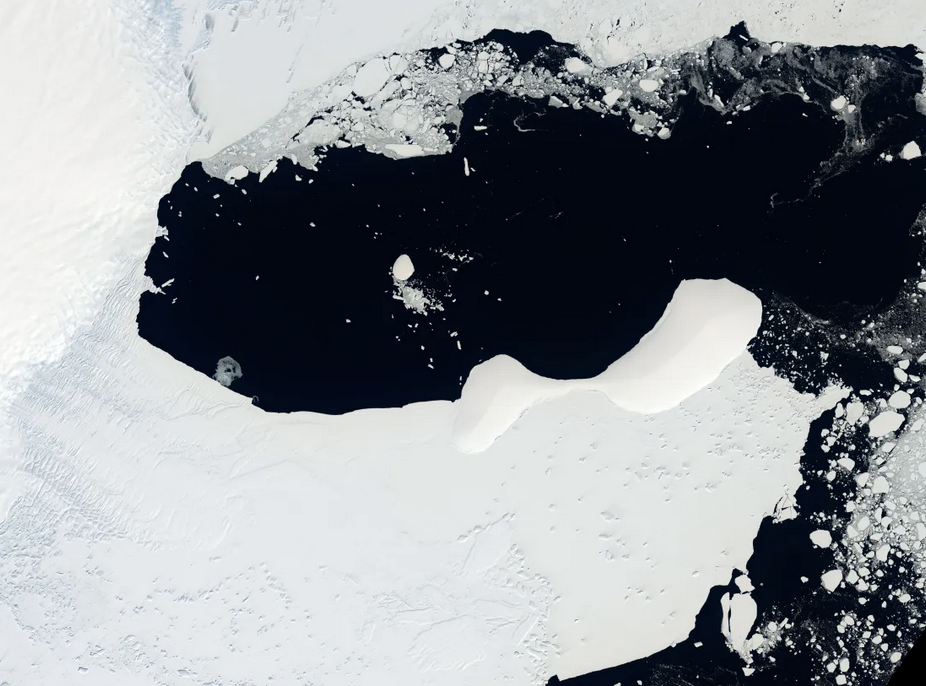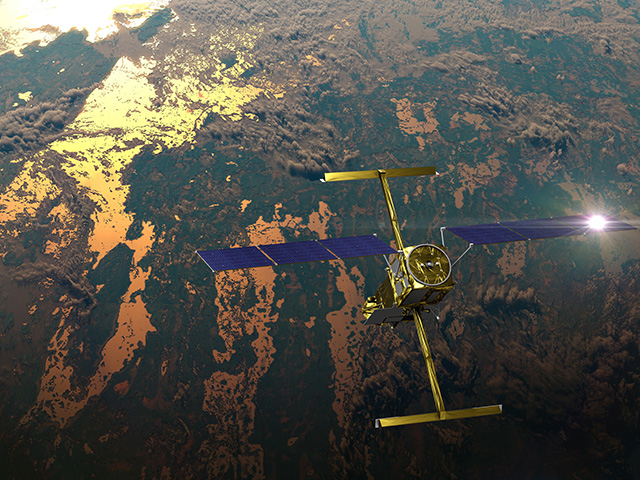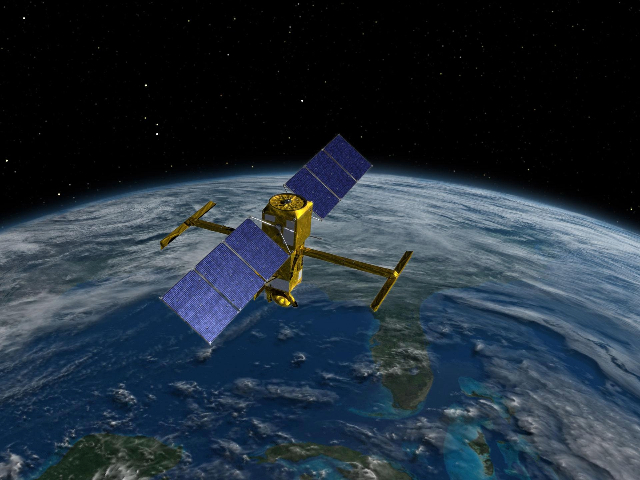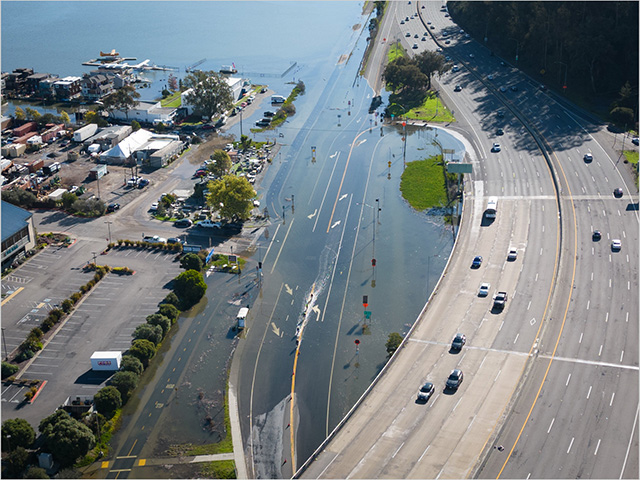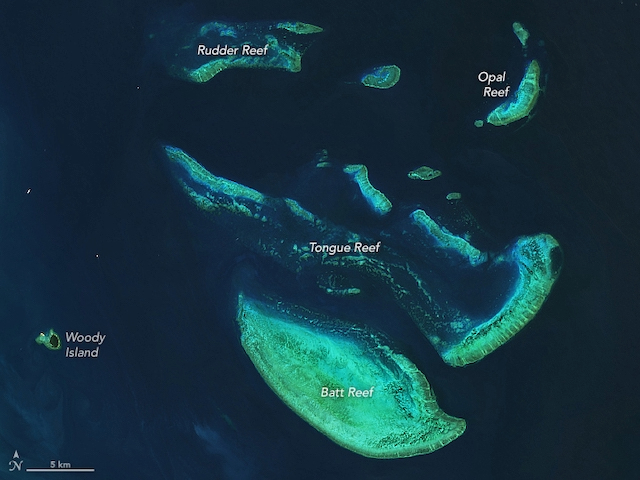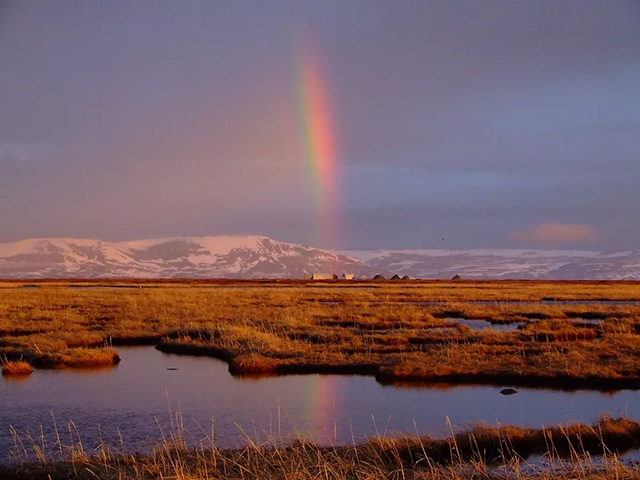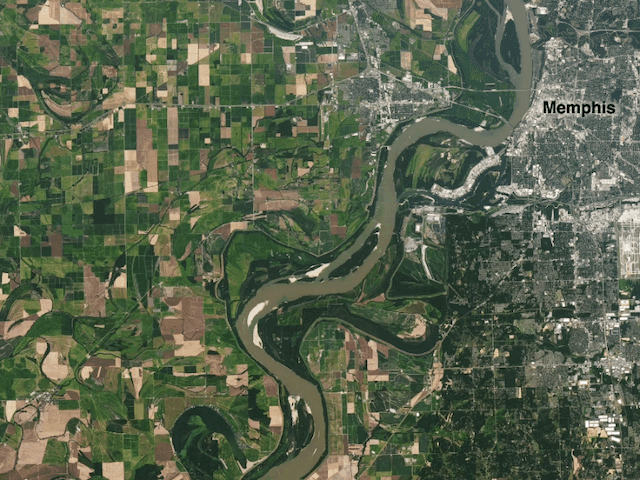-
Eyes on the Earth 3D
Fly alongside NASA satellites and view real-time datasets in an immersive, 3D visualization for your desktop.
› Launch interactive
› Get mobile version, Earth Now
Climate Time Machine
Go backward and forward in time with this interactive visualization that illustrates how the Earth's climate has changed in recent history.
› Launch interactive
› Embed
Global Ice Viewer
Explore the sentinels of climate change with this interactive global ice viewer.
› Launch interactive
This resource has been selected for inclusion in the CLEAN collection.
Coloring Page: The Carbon Dioxide Cycle
The carbon dioxide cycle is the movement of carbon dioxide (CO2) between the land, the atmosphere and the ocean. Print this page to color with your kids at home.
› Download
Coloring Page: The Water Cycle
The water cycle is never-ending global process of water circulation from clouds to the land, to the ocean and back to the clouds. Print this page to color with your kids at home.
› Download
Earth Day at Home Webquest
Go on a webquest to learn how NASA helps study and protect the land, air, water, and ice.
› Go to webquest


